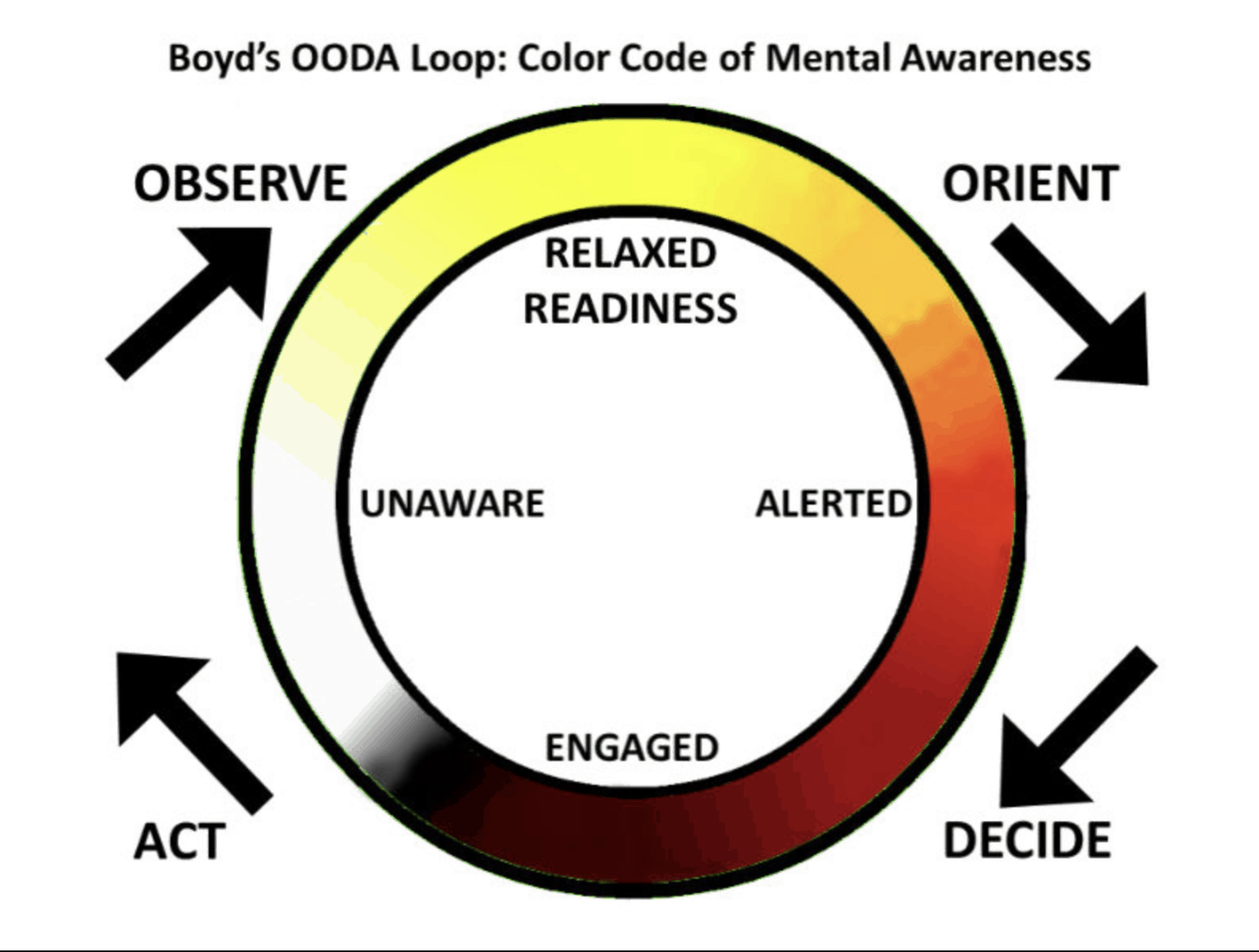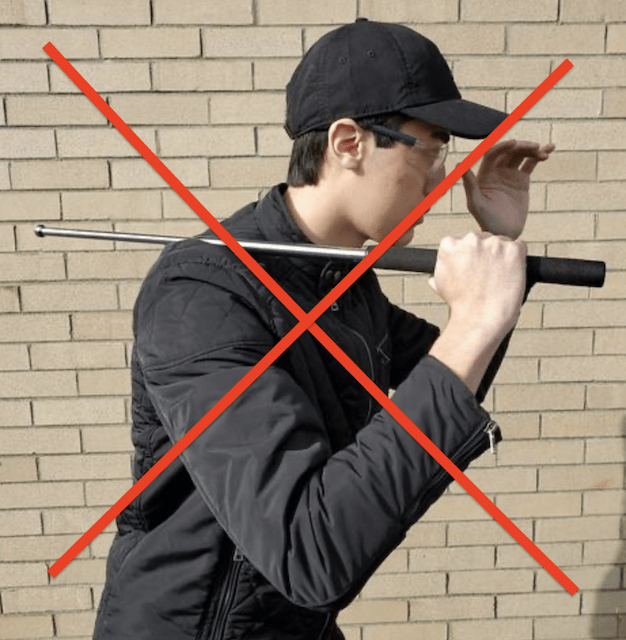In traditional martial arts the “Rei” (custom of bowing) in training is practiced in dojos throughout the world. This is important because it helps us to understand the relationship between the “Uke” (The person who initiates an attack) and the “Tori” (The person who successfully completes the defence/technique)
We should not lose sight of this training etiquette when practicing Krav Maga Self Defence.
This will help keep ourselves and training partners free from injury and accelerate the learning of techniques.
This article will outline the art of “Uke” and “Tori”
The Uke and Tori relationship is most important in training.
Fundamentally the relationship is about rhythm, distance and timing.
Considerations when training
It is good practice to always start slow with the techniques and consider the following;
How well do you know the person?
Is it the first time you have trained together?
How does your partner move and react?
What is your partners fitness level?
Does your partner have any injuries?
Different body types, attitude and experiences, can change the whole feeling of the training.
If training partners connect very well, automatically their rhythm will synchronise and with the right timing, will naturally speed up, while maintaining the shown form and essence of the technique. If you find that you are defending the attack with uncontrolled force then you need to make a conscious decision to go slower again, to find out where the “errors“ are happening.
A good Uke, should show the Tori if his movements are correct. He should help Tori to get better. This doesn´t mean that he/she has to be nice about it. If the distance is not correct, if there are openings or Tori doesn’t get Ukes balance then let the Uke know.
Here are some tips to help you become a better Uke and Tori.
Be enthusiastic
- As an Uke when you deliver the initial attack, do it with intention and excitement. This doesn’t mean overly fast or hard. You want to perform the attack in such a way that it gives the Tori a fair chance to learn the technique. As the Tori, be ready to defend and do so with the same enthusiasm and speed as the Uke.
Leave your ego at the door
- Never give the impression that you know more or are better than the partner you are working with. It’s okay to recognise your skill set, but don’t underestimate your partner. This attitude robs yourself of learning something new. If you do something 1,000 times, does that mean you know it? No, this means you have had 1,000 opportunities to experience it. Never assume you are too great to take those first steps repeatedly. Instructors can and should learn from students.
Let your partner “feel” a good technique
- Don’t be a passive training partner. Assist your partner in learning by giving them a good attack. Every attack and defence should come from the heart so you can practice being thrown, pinned, struck, kicked and taken down. With that said, you may have to adjust your speed and strength to match that of your partner. Follow your partner’s lead, don’t go full force and full speed if they aren’t yet at the level to handle that at this point in their training.
Remember both partners are learning
- The Tori is learning how to properly perform an effective technique. The Uke is learning how to roll, fall and not get hurt when being taken down. The Uke and Tori relationship is really a partnership. If one of them does not do well, the other will not do well either.
Practice safely
- Be aware of body motion and distance from your partner. The goal is not to injure each other. Each person needs to be alert and aware of their partner. If you are going to take your partner down be aware of other students, and your immediate surroundings.
Tori’s listen to your partner
- If they are tapping out, release the pressure right away. If you are the Uke, tap out before you feel pain. If you can tell they have you in the proper position and you are feeling the pressure, tap out. There is no need to be a tough guy and try to see how much pain you can take.





Recent Comments